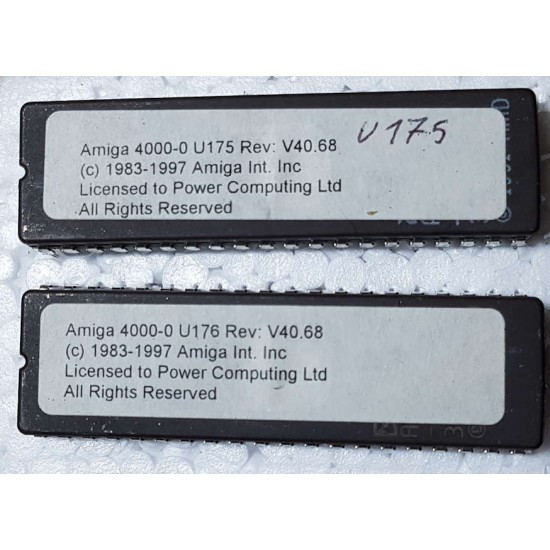

The demand for greater power spawned an update in the form of the Amiga 2500, which was simply a 2000 fitted with a 68020 or 68030 accelerator card. The Amiga 2000, on the other hand was fairing reasonably well in the States, working its way into professional graphics use for businesses, production houses, education and scientific establishments alike. IBM compatibles over here were seen almost exclusively as professional machines with a prohibitive cost, whilst at £499, the 500 was now affordable for a significant portion of the middle and working class.

In Europe the Amiga was a natural progression in a world filled with ZX Spectrums, Commodore 64s and a submissive array of 8 bit consoles. In part due to uncompelling bundles and in part due to the popularity of the NES for gaming and the IBM PC compatibles for other computing tasks. Commodore of America hadn’t positioned the 500 as a gaming machine quite as well, in part due to lackluster advertising. Over in the United States, things weren’t quite so rosy, with sales of the 500 a fraction of their UK counterparts. Amiga 500 (16 bit memories by Intercepto) As 1990 ticked over, the Amiga 500 was shifting some 300,000 units a year throughout Europe. The graphics and sound were flying high above the existing 8 bit competition and the Amiga was leading the way among reviewers, the press and exhibitions. Most 500 packs before this point required the consumer to purchase the additional RF modulator, but given that vast majority of households would hook machines directly to their televisions, just like their Spectrums and C64s, this inclusion was pivotal.

Gaming was where the money lay, and the Amiga 500 Batman pack, launched by Commodore UK, had positioned the 500 as the must have computer for that purpose. Given its superiority to almost everything else on the market, especially in terms of graphical power, its easy to forget that the technology was now 4 years old, and this slow start meant the Amiga still had an uphill struggle on its hands. 1989 was a time when the Amiga 500 was beginning to take off at a rapid rate, and where the powerful technology was finally being seen for the power house that it was.


 0 kommentar(er)
0 kommentar(er)
